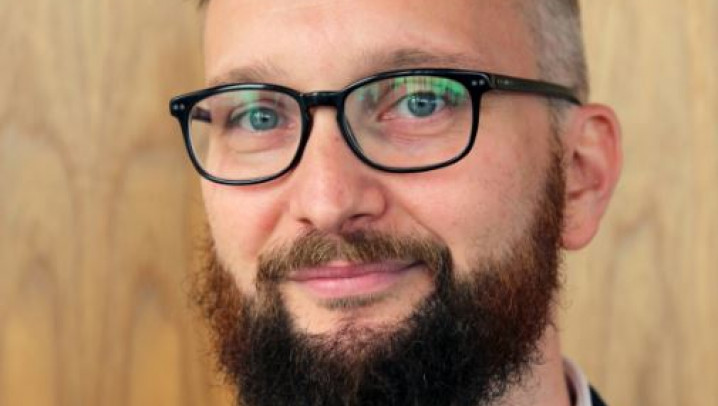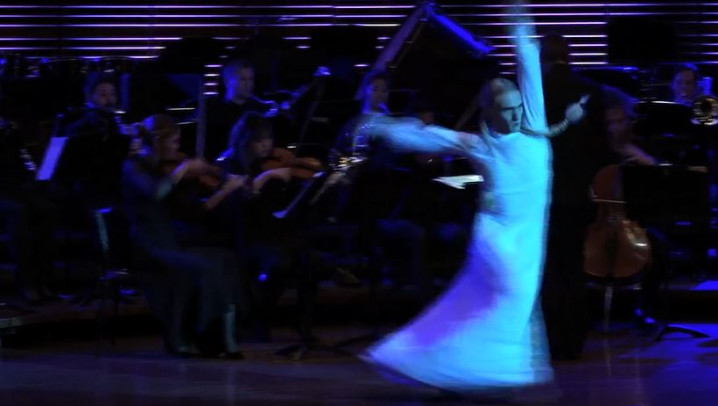
Dance of the Poor - Dybbuk
Dance piece composed by Simon Parmet in 1934 and performed at 'Out of the Shadows' festival in Sydney, 2017
| Type | Dance music |
|---|---|
| AKA | Elämä jatkuu (Life goes on) |
| Adapted From | Dance of the Poor - Dybbuk |
A work researched by Simo Muir as part of Performing the Jewish Archive.
In 1934 Simon Parmet composed music for a performance of S. An-sky’s play the Dybbuk at the National Theatre of Finland. Maggie Gripenberg created a choreography for the Dance of the Poor, which received a repeat performance under the name Life Goes On at an international competition in Stockholm in 1945. The only surviving part of Parmet’s composition for the Dybbuk is a piano reduction.
S. An-sky’s (Shloyme Zanvl Rapoport, 1863-1920) play the Dybbuk is a legend about a promise that is broken and about a wondering soul—dybbuk— that cannot find rest until the injustice is atoned. The play is based on Yiddish folklore collected during An-sky’s ethnographic expeditions at the beginning of the 20th century in Ukraine. The main protagonists, Khanan and Leah, have been promised to each other before their birth by their fathers.
When Khanan and Leah finally meet by chance and fall in love, Leah’s father, who is now wealthy and seeking a rich son-in-law, opposes their marriage despite his earlier promise. Khanan dies in mystical circumstances and Leah, who is to be wed to a different man, collapses in despair. At her wedding Khanan’s sould posesses her body as a dybbuk. The play features a lot of old Eastern-European Jewish customs as the Dance of the Poor, in which the bride dances with the underprivileged an act that is considered as a great mitzvah, a good deed.










